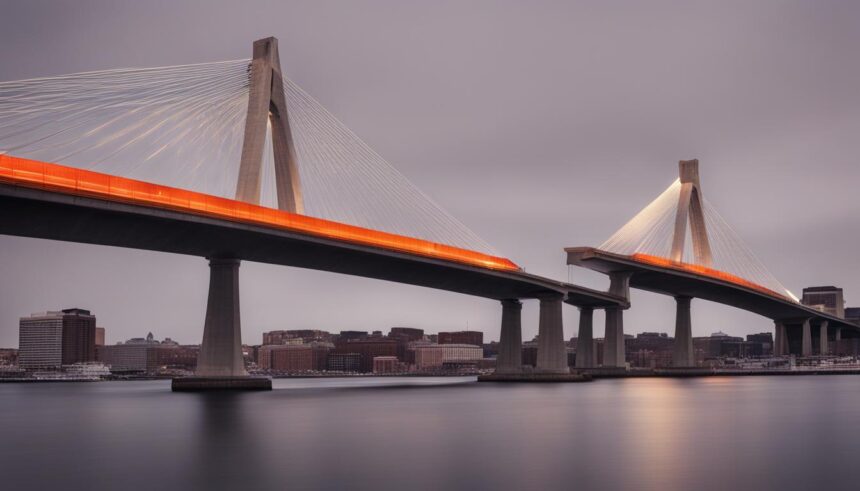A salvage operation involving the detonation of explosives was carried out on the Francis Scott Key Bridge in Baltimore to dismantle debris obstructing the removal of the cargo vessel Dali, which had collided with the bridge in March. The demolition aims to facilitate the safe extraction of the ship from the Patapsco River and restore the Port of Baltimore to full functionality by the end of May.
On Monday, salvage crews detonated explosives to dismantle a section of the Francis Scott Key Bridge in Baltimore, which had collapsed onto the cargo vessel Dali in March. The operation aimed to clear the bridge debris that had trapped the ship in the Patapsco River, allowing for its removal from the shipping channel.
The Dali, managed by Synergy Marine, had earlier lost power on March 26, veering off course and colliding with the bridge. This incident resulted in the death of six construction workers and the entrapment of the ship amid the bridge ruins. The demolition, executed using a series of controlled explosions, took place after preparatory work involving cutting through steel beams marked with numbers to place the explosives.
Officials described the method chosen for the demolition as the swiftest and safest to remove the obstructing bridge fragments. Following the blasting, ongoing assessments will check for any unexploded charges, map underwater debris with sonar, and determine the safety of the area for moving the ship.
Plans are set for the Dali to be towed to the Seagirt Marine Terminal within the Port of Baltimore for further containment and eventual repairs. The complete reopening of the port is targeted by the end of May. Authorities, including the Coast Guard and U.S. Army Corps of Engineers, continue to oversee the clearing operations, ensuring safety and the smooth resumption of port activities.
Simultaneously, investigations into the cause of the crash by entities like the National Transportation Safety Board, the Coast Guard, and the FBI are ongoing, with Maryland Governor Wes Moore affirming accountability measures. The incident, reflecting a significant impact on local employment and the economy, underscores the complex interplay of transportation safety, infrastructure management, and emergency response.





